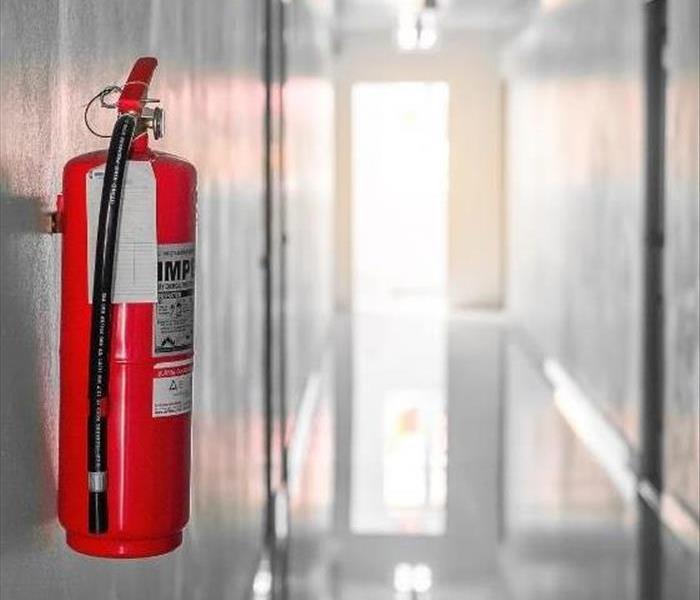How to Handle Workplace Fire Hazards
9/13/2023 (Permalink)
Key Takeaways:
- Identify and address potential fire hazards in the workplace
- Train employees on fire safety and evacuation procedures
- Regularly inspect and maintain fire safety equipment
- Develop a fire emergency plan and review it periodically
Workplace fire hazards are a significant concern for business owners and managers. Not only can a fire result in devastating property loss, but it can also put employees and customers at risk of injury or death. It is essential to take proactive measures to identify and address potential fire hazards before they become a serious problem.
In this article, we’ll discuss some of the most common workplace fire hazards and provide tips on how to prevent them from causing harm. We’ll also explain what to do in case of a fire and how to get your business back on track after a fire has occurred.
Common Workplace Fire Hazards
There are several workplace fire hazards that property managers should know, including:
Electrical Hazards
Electrical hazards are one of the most common causes of workplace fires. Faulty wiring, overloaded outlets, and damaged equipment can all pose a significant risk. To prevent electrical fires, it’s essential to have regular electrical inspections and ensure that all equipment is properly maintained.
Combustible Materials
Combustible materials such as paper, cardboard, and chemicals can easily catch fire and spread flames. To prevent fires caused by combustible materials, ensure that these items are stored away from heat sources, and properly disposed of when no longer needed.
Cooking Equipment
Kitchens and break rooms that contain cooking equipment pose a significant fire hazard. It’s important to ensure that cooking equipment is well-maintained, and that employees are trained in proper kitchen safety procedures.
Smoking
Smoking is a common cause of workplace fires, particularly in outdoor areas where smoking is allowed. To prevent fires caused by smoking, establish designated smoking areas away from buildings and provide ashtrays for employees to dispose of cigarette butts safely.
Preventing Workplace Fires
Preventing workplace fires is crucial to protecting your business and employees. Here are some tips to help you prevent fires in the workplace:
Conduct Regular Inspections
Regular inspections can help identify potential fire hazards before they become a serious problem. Electrical systems, heating and cooling systems, and cooking equipment should all be inspected regularly to ensure that they are in good working condition.
Establish Fire Safety Procedures
Establish fire safety procedures and ensure that all employees are trained in them. This includes knowing how to use fire extinguishers, where to go in case of a fire, and how to evacuate the building safely.
Store Flammable Materials Safely
Store flammable materials such as gasoline, chemicals, and cleaning products in a secure location away from heat sources. Properly label all containers and ensure that they are tightly sealed.
Install Smoke Detectors
Smoke detectors are an essential safety feature in any workplace. Install smoke detectors throughout the building and check them regularly to ensure they are working correctly.
Responding to a Workplace Fire
Despite best efforts to prevent workplace fires, sometimes they can still occur. If a fire breaks out in your workplace, it’s important to remain calm and follow these steps:
- Evacuate the Building: Immediately evacuate the building and ensure that all employees are accounted for.
- Call for Help: Call 911 and inform the emergency operator of the location of the fire.
- Do Not Attempt to Put Out the Fire: Unless you are trained to do so, do not attempt to put out the fire. Leave it to the professionals.
- Contact SERVPRO of South and Northwest Grand Rapids: Contact a professional fire damage restoration company like SERVPRO of South and Northwest Grand Rapids to assess the damage and begin the restoration process.
Final Thoughts
Workplace fires are a serious threat that every business owner and manager must take seriously. You can protect your workplace from disaster by identifying potential fire hazards, establishing fire safety procedures, and responding quickly in the event of a fire.




 24/7 Emergency Service
24/7 Emergency Service
